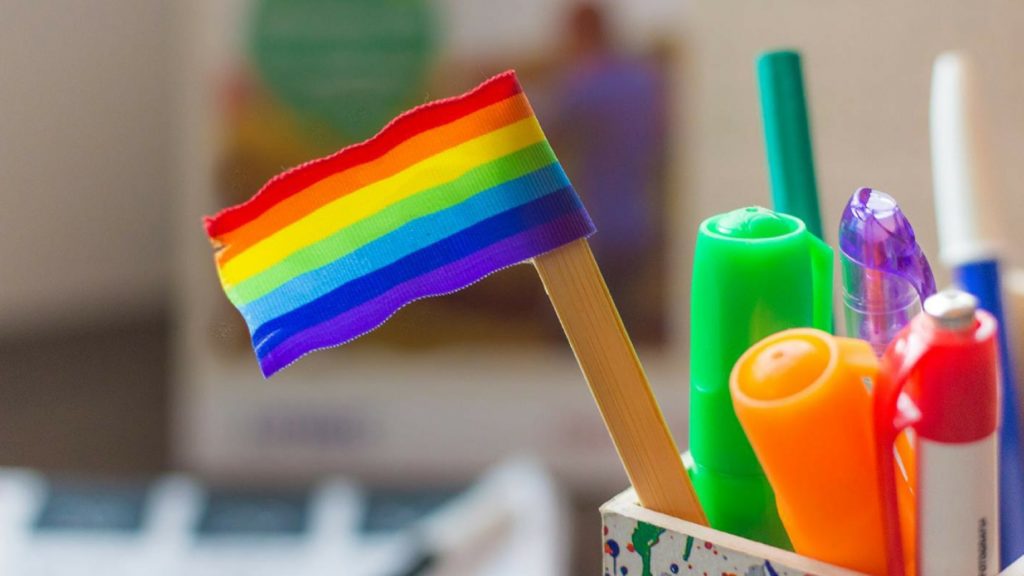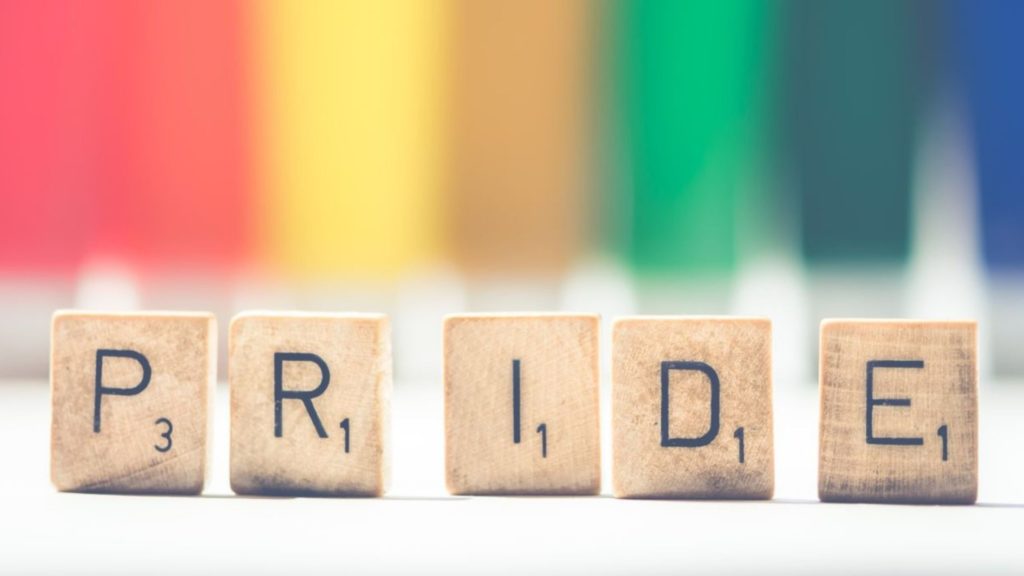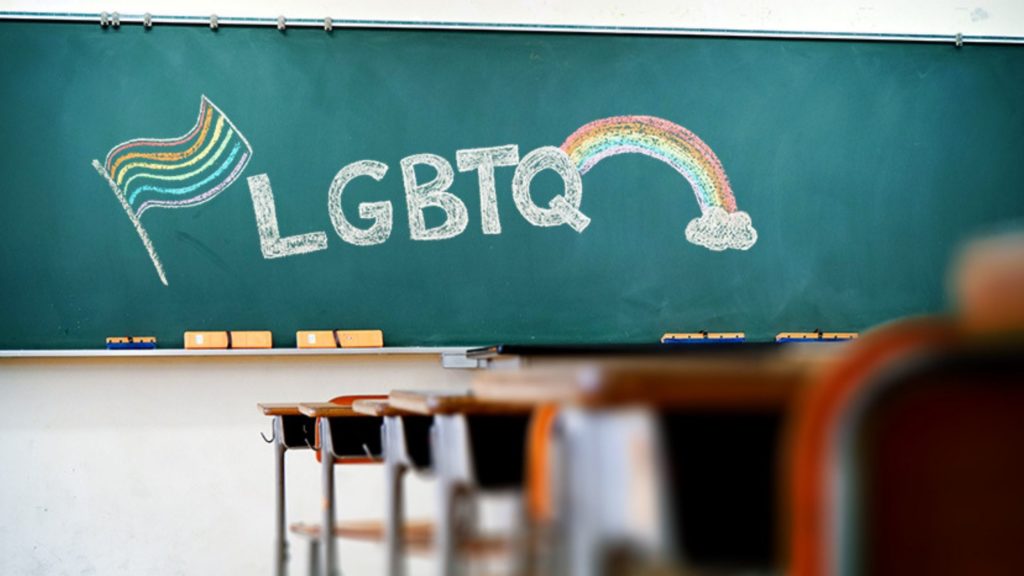8 tips for building an LGBTQ inclusive school

Positive environments are important to help all youth thrive. However, the health needs of LGBTQ youth can differ from their heterosexual peers.
The unfortunate reality is that few schools are successful in creating safe spaces for LGBTQ students. Recently, equality-focused charity Stonewall found that over 50% of LGBTQ students have been subject to bullying, first hand. Further to this a survey of LGBTQ students by GLSEN (pronounced “glisten”), globally found:
- 6% of openly LGBTQ students reported being verbally harassed, 40.1% reported being physically harassed and 18.8% reported being physically assaulted at school in the past year because of their sexual orientation.
- 7% of LGBTQ students reported being verbally harassed, 27.2% reported being physically harassed and 12.5% reported being physically assaulted at school in the past year because of their gender expression.
- 4% heard homophobic remarks, such as “gay”, “faggot” or “dyke,” frequently or often at school.

Ofsted section 5 briefing April 2014 encourages the curriculum to be a vehicle for LGBTQ Inclusion.
Similarly, the 2014 NatCen Social Research report concurred that a whole school approach ‘was regarded as working better than only using standalone teaching on HBT bullying specifically’ and welcomed the move ‘to ‘usualise’ LGBT people as part of the everyday life making HBT-bullying less likely to occur’.
While some schools are leading the way to actively support their LGBTQ staff and pupils, as openly gay minister for school standards Nick Gibb has said, “there’s still a long way to go”.
Whilst we agree with Mr Gibb, there are still some simple ways in which you can make your classrooms more inclusive for LGBT+ students and your schools more inclusive for LGBT+ staff. Below are our top eight tips for building an inclusive school community;
1. Use inclusive language
Educate and normalise different identities by using precise terms like ‘Lesbian’, ‘Gay’, ‘Bisexual’, ‘Transgender’ and ‘Queer’ (LGBTQ) rather than ‘homosexual’ or ‘gay’ as an umbrella term. Also allowing your class to choose their pronouns, ‘he’, ‘she’, they’ is a great way to start exploring identity, inclusively.
2. Never tolerate abusive language in your classroom or in the halls
Language like, “that’s so gay” or “fag” are common in schools, and it quickly manifests an unsafe environment for LGBTQ students and their allies. We must never ignore such language and always explain why it is not welcome and is divisive and hurtful. This helps students understand why they shouldn’t use the language rather than just making them avoid using it around you.

3. Never assume heterosexuality
Building trusting relationships with students is wonderful! Ask about students’ lives, but don’t assume heterosexuality in your language. Following on from point one, a question like, “Are you seeing anybody these days?” goes a lot further than, “Do you have a boyfriend/girlfriend?”
4. Maintain confidentiality within the confines of your professional responsibilities
There are certain things that we cannot keep confidential, but outside of that, always try to create a space in which students can talk to you about their struggles, helping all students to understand that you are someone they can talk to during free time.

5. Keep an eye out for bullying and act to stop it
It’s tough to know the best way to respond to bullying. Sometimes it means interrupting bullying as it happens. Sometimes it means talking to the bullies or the bullied afterwards. In responding to bullying, be careful to not make the target out to be the weak one in the situation, as that can make bullying worse in the long run.
6. Encourage respectful disagreement on issues of sexual identity
Dialogue and discussion inside and outside the classroom are helpful and healthy so long as they are respectful. Don’t shut down conversations about sexual orientation and gender identity, but make sure to facilitate the conversation down inclusive roads and correct misconceptions or inappropriate language. It also helps to have examples of openly LGBTQ role models like Matt Bomer or Laverne Cox to help support your conversation.

7. Recognise that you’re not an expert. You will make mistakes and occasionally be insensitive.
Humble yourself and apologise where necessary but never make a big deal out of getting it wrong. Learn from your mistakes, and always try to broaden your understanding of LGBTQ issues so you can best support all of your students.
8. Acknowledge that building an inclusive community is better for everyone, and advocate to make it a school-wide priority.
Inclusive communities experience less bullying and violence. Inclusive communities are likely to boast higher achievement and deliver stronger school spirit. Inclusive communities allow every student to thrive.
And remember the golden rule of supporting LGBTQ pupils; never “out” anyone. If a student shares private information with you, be careful not to share that information with others. People will disclose in their own time. It is not your responsibility to determine when that time should be.








Responses